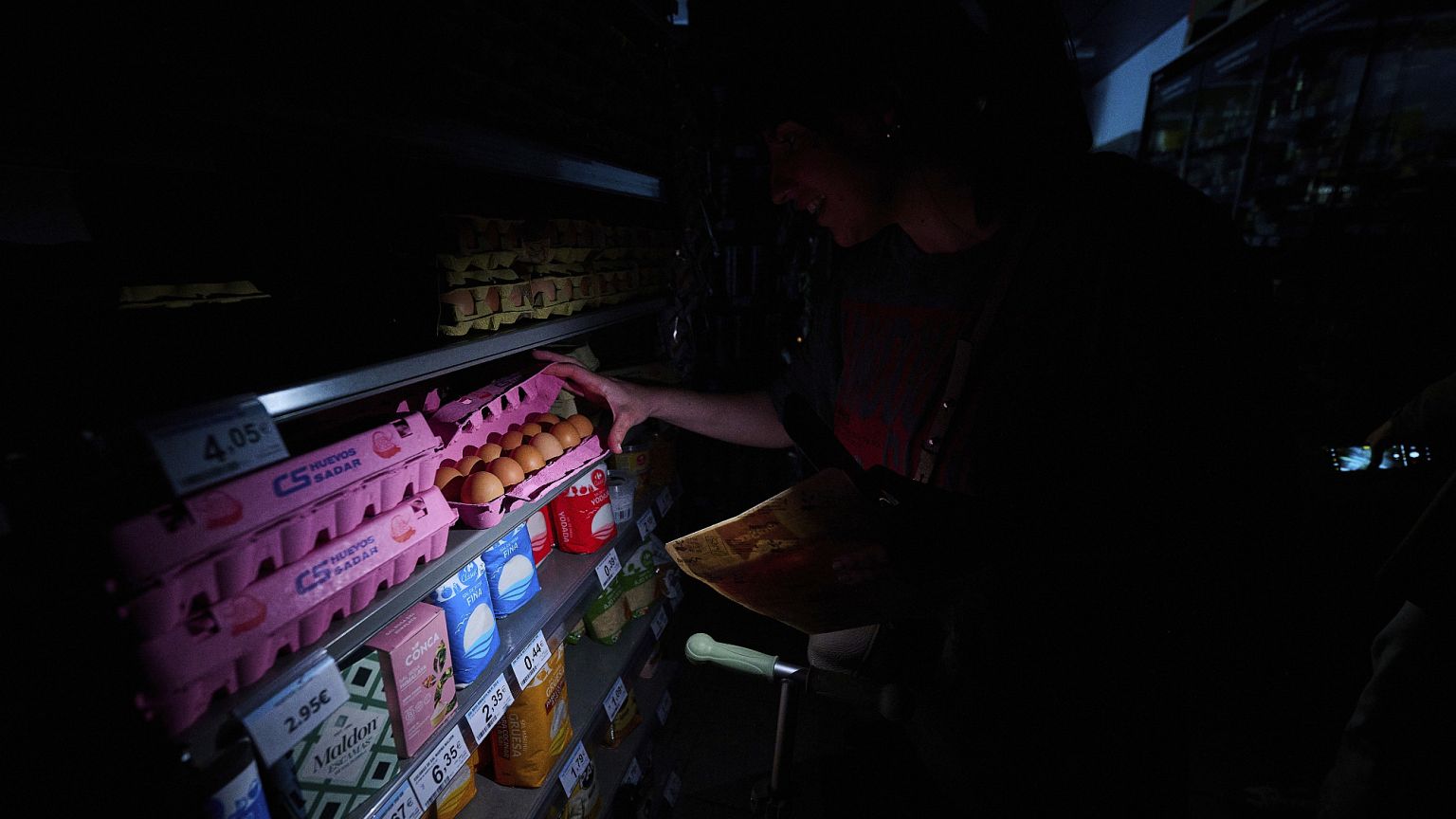Iberian Power Blackout
The Iberian Peninsula experienced power blackout affecting both Portugal and Spain. The blackout led to widespread disruptions. Its cause is still under investigation. However, initial reports suggest a voltage fluctuation in the Spanish grid may have triggered the event.
Induced Atmospheric Vibration
Induced atmospheric vibration is a rare phenomenon that occurs due to extreme temperature variations. These variations can cause oscillations in high-voltage power lines. When the tension in the lines changes, it affects their aerodynamic properties. This interaction can destabilise the power system. Experts are investigating if this phenomenon contributed to the blackout.
Voltage Fluctuation Impact
The blackout was linked to voltage fluctuation in Spain’s electrical grid. Portugal was importing energy from Spain at the time. The fluctuation caused protective systems in Portuguese power plants to shut down. This automatic response led to widespread outages across the region.
Interconnected Power Grids Vulnerability
European power grids are highly interconnected. This interconnection usually enhances reliability. However, it also increases vulnerability to large-scale failures. If one area experiences an issue, it can trigger outages in connected regions. The Iberian Peninsula’s grid faced this challenge during the blackout.
Causes of Power Outages
Power outages can stem from various causes. Common reasons include technical faults in power plants or fuel shortages. Natural disasters can also damage infrastructure. Extreme weather events may create surges in demand for heating or cooling. Overloads on high-voltage lines can further exacerbate these issues.
Frequency Regulation in Power Grids
Electricity supply must match demand to maintain grid stability. The standard frequency for European grids is 50 hertz (Hz). If production falls below this level, the grid becomes unstable. Automated systems disconnect parts of the grid to prevent damage. This can lead to a domino effect, causing widespread outages.
Renewable Energy’s Role
Spain relies heavily on renewable energy sources. Approximately 40% of its electricity comes from solar and wind. On the day of the blackout, this figure peaked at 70%. Unlike traditional power sources, renewables cannot be ramped up or down quickly. This inflexibility can contribute to grid instability during peak production times.
Future Implications and Recommendations
Experts warn that without improved resilience, future outages could be more severe. Better coordination and stronger domestic infrastructure are vital. Flexibility measures, such as energy storage and fast-ramping plants, are necessary. Enhancing interconnections can also help stabilise the grid.
Iberian Peninsula
- The Iberian Peninsula is situated in southwestern Europe, bordered by the Atlantic Ocean (west) and the Mediterranean Sea (east).
- The term “Iberian” is derived from the Ebro River, historically known as Hiberus (Latin) and Iberos (Greek).
- It is the second-largest peninsula in Europe after the Scandinavian Peninsula
- It is separated from Africa by the Strait of Gibraltar.
- The peninsula is geographically cut off from the rest of Europe by the Pyrenees Mountains, which form a natural boundary with France.
- Countries on the Iberian Peninsula are Spain, Portugal, Andorra, France and Gibraltar (British Overseas Territory).
- Major mountain ranges include:
- Pyrenees (north-east)
- Cantabrian Mountains (north coast)
- Sistema Central and Sistema Ibérico (interior)
- Sierra Morena, Montes de Toledo, and the Baetic System (south)
- The peninsula is largely mountainous, influencing both climate and river flow.
Month: Current Affairs - April, 2025
Category: Defence Current Affairs






